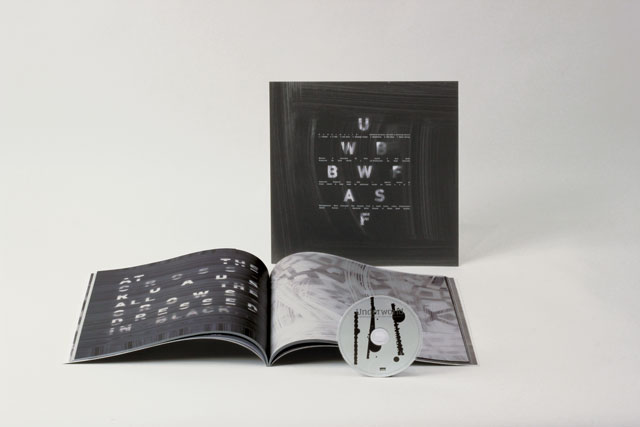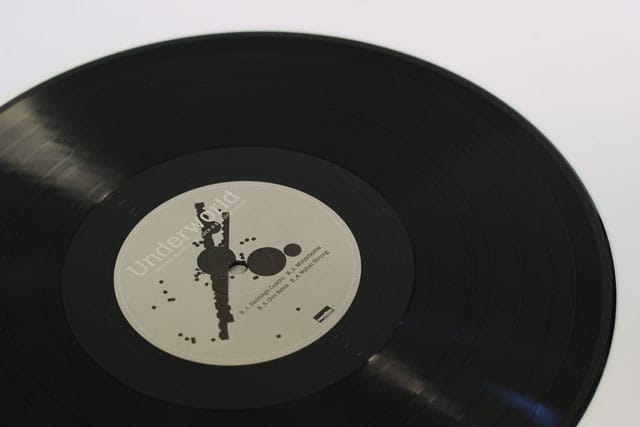As you'd expect, Underworld's first studio LP for six years comes beautifully packaged by longstanding collaborators and partners in crime, Tomato. We spoke to Karl Hyde and Simon Taylor to find out more.
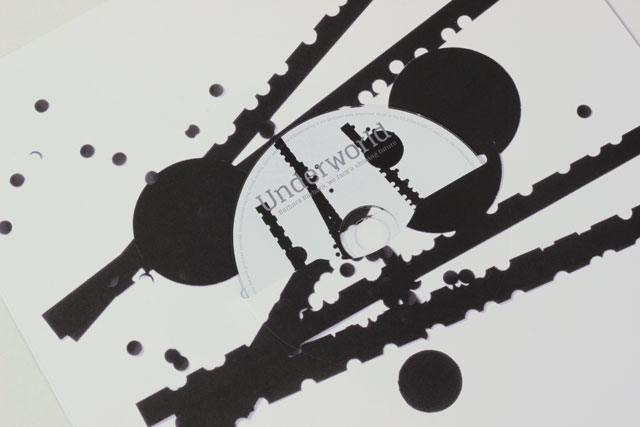
It's impossible to talk about Underworld without mentioning Tomato – they've been friends and collaborators for twenty-five years and their histories are inextricably intertwined.
Visuals have alway gone hand in hand with Underworld's music and Barbara Barbara we face a shining future is Underworld's first studio LP for six years. Tomato has done the honours, designing a very special limited edition set, which includes an 180gsm heavyweight vinyl (cut at half speed), CD and 60 page 12x12 inch book of original artwork, plus a set of seven 12x12 inch art prints and a test pressing of the track Twenty Three blue.
We caught up with Underworld's Karl Hyde and Simon Taylor from Tomato to find out more about the artwork for the new LP, and get a glimpse into their working process.
When you’re making music, do you have a sort of visual score in your head?
Karl: no
but
I see landscapes of blending colours
&
textures
undulating through rippling patterns of light & shade
that mutate in parallel with the sounds we generate
I generate sounds guided by the mix of these colours & the shapes of the landscapes.
One of the advantages of a lifetime living with synaesthesia.
When did Tomato start on the artwork for the LP, was the music complete or do both things happen at the same time?
Simon: The album was midway towards completion when I heard initial tracks, complete enough to understand the direction. We don't specifically create imagery for an Underworld album, it's never really worked like that and this was the case with Barbara Barbara. The studio is constantly developing output, we're making work for it's own sake rather than specific projects so there is always a lot to look at that's in flux. Karl and Rick saw some of what I was doing and wanted to know more about it, that's when we began to apply the imagery and listen to the music they were making together.
Later I went on the road with the band to get a deeper insight into where they were with the material. Rick spent a lot of time sharing where he was at in his process. In parallel, Karl and I often play around with a call and response approach to his written texts, reworking the flow of notes and thoughts that he makes in notebooks. The results of all this appear extensively in the book of Barbara.
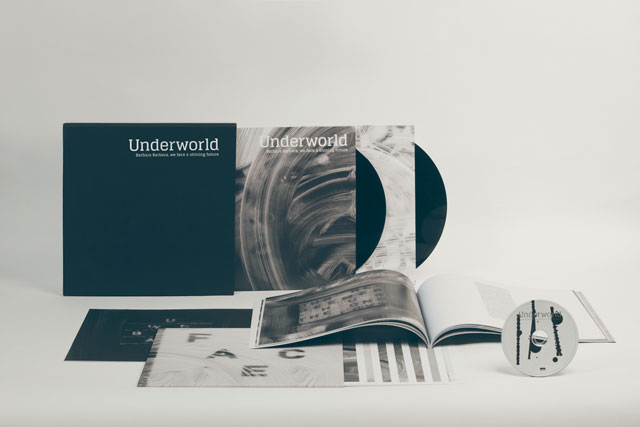
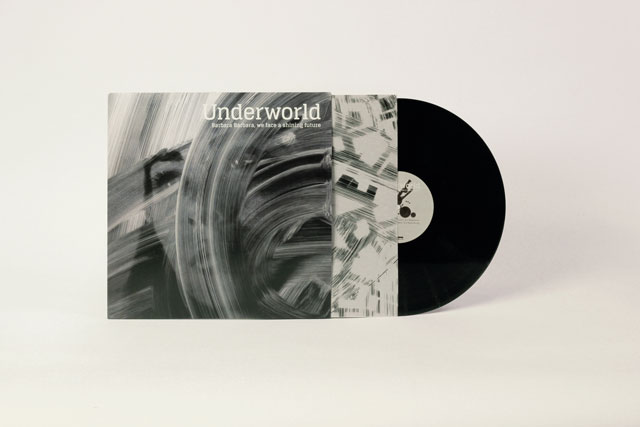
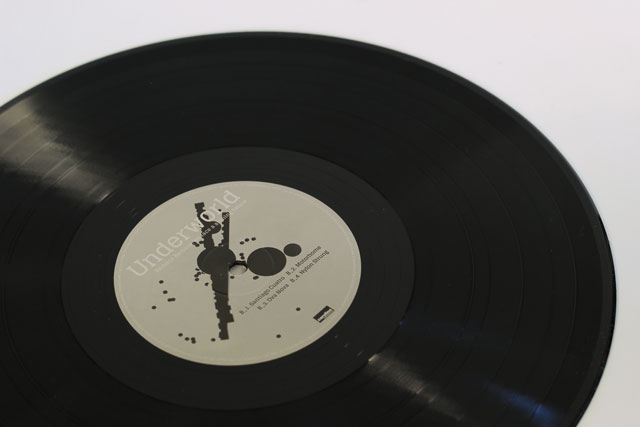
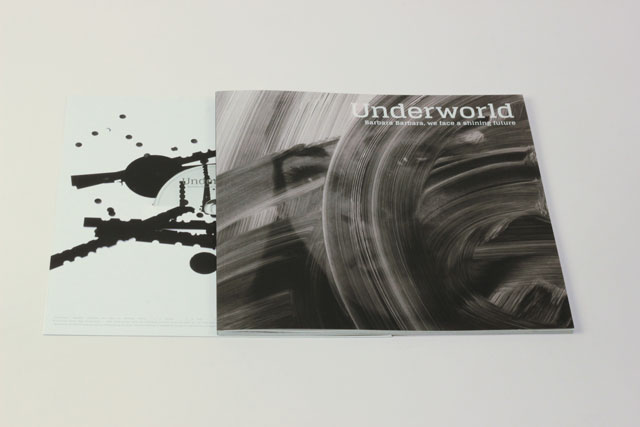
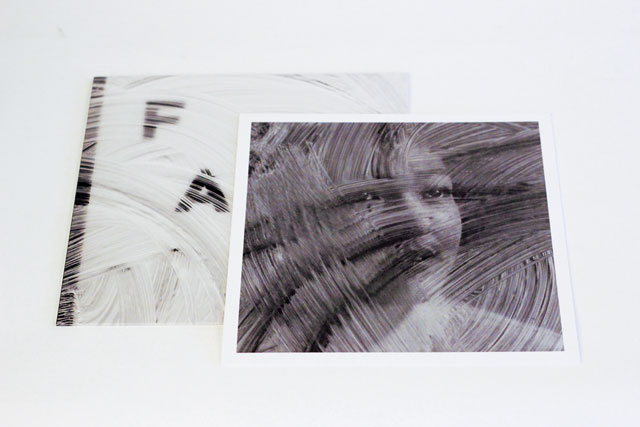
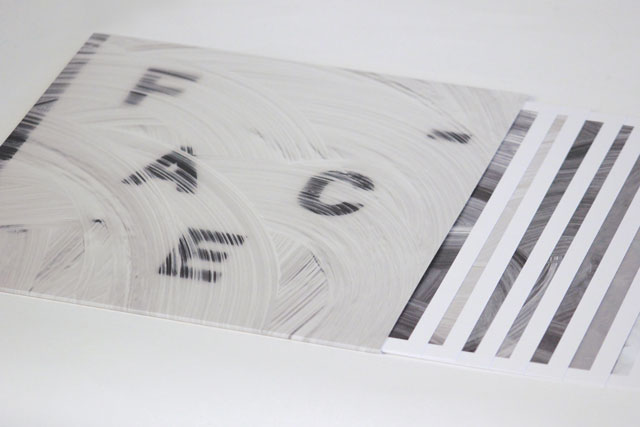
Is there a brief, or can you pretty much read each other’s minds after twenty-five years?
Simon: There's a great deal of symbiosis between us regarding audio and visual overlaps. Karl even sings about it on the new album. Even at the start of our working relationship Underworld always allowed the imagery to evolve naturally, rather than point at something and suggest a solution. And likewise the visuals don't refer to genre imagery in any specific sense. Underworld are a part of the Tomato group so setting a brief is just the same as saying “What shall we do today?”
Karl: We talk about an approach before we begin.
I always want to hear Rick's point of view about lyrics and need to move on every day, so his aesthetic is crucial in what I filter out, include and how I direct my attention when I go into my daily writing explorations, plotting up in cafes at 7am documenting my relationship with the world, playing games to prevent conscious thought and swerving any conception of an end result.
Whenever the words sound like 'songs' or 'poems' I scrap them. They have to fall on the page in rhythms that I don't consciously guide, but instead 'collect' intuitively, allowing my eyes and ears to wander where they want and transmit to my pen, dictating what words it leaves behind.
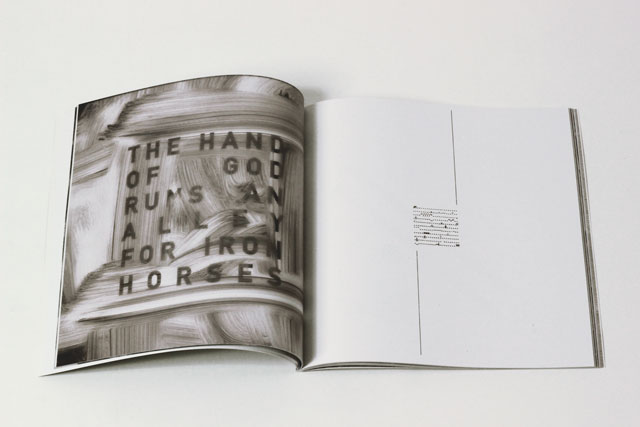
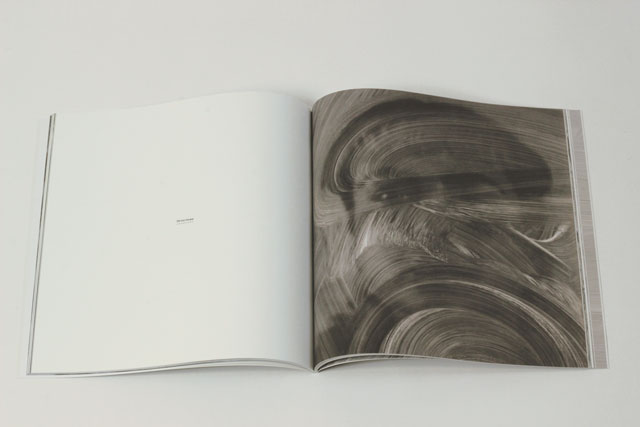
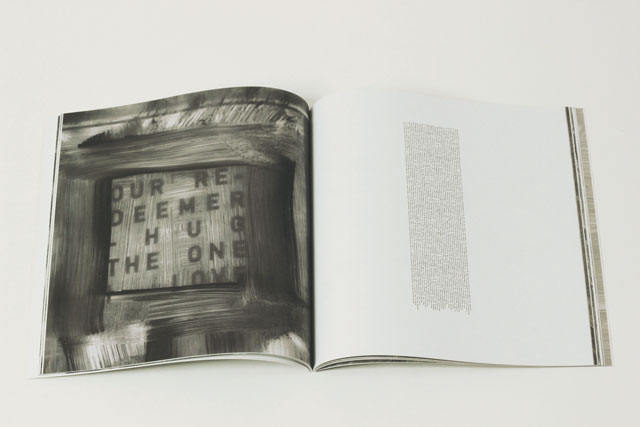
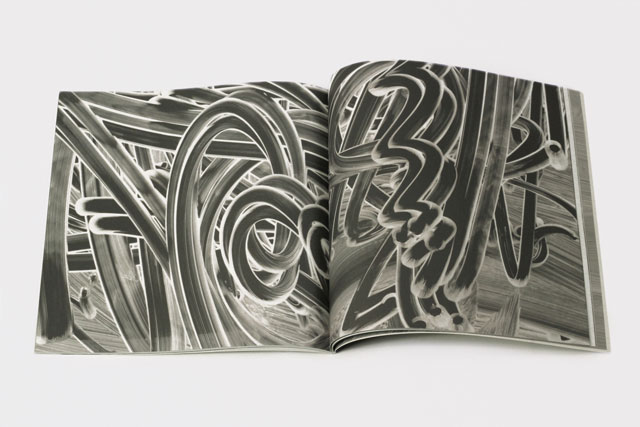
What size are the original artworks, and what are the various processes and materials involved in making them?
Simon: We continue to work in analog and digital formats. There's a strong crossover between the two, for example using light. So the imagery has been generated by way of mark making, photography, mechanical and digital reproduction or what you might call ‘drawing’. Most of the paintings were about a metre by metre and a half, the typewriter pieces are all on A4 paper.
Is there a special typewriter that’s used to create the artwork?
Simon: The Silver Reed Silverette portable. I've used a few but like this one, it's very basic.
How is the imagery related to the visuals used in the live shows?
Simon: The live show features new songs with earlier Underworld classics woven in, so the visuals have a slightly different role to play than they might have with an album sleeve. I've created a suite of elements that can be called up when needed. The overlap between new and older material is interesting, it can give the sound and visuals a different context. But applying the new visuals wouldn't work everywhere. Underworld already have a fantastic light show and dedicated AV team in place so the new material is there to support that. The live show has affected how I think about directing the band's music videos. How, and if, I can bring visual elements and action from the live performance onto the screen. We're also talking about a live generative and sound reactive strand that might appear later in the year, it's in development.
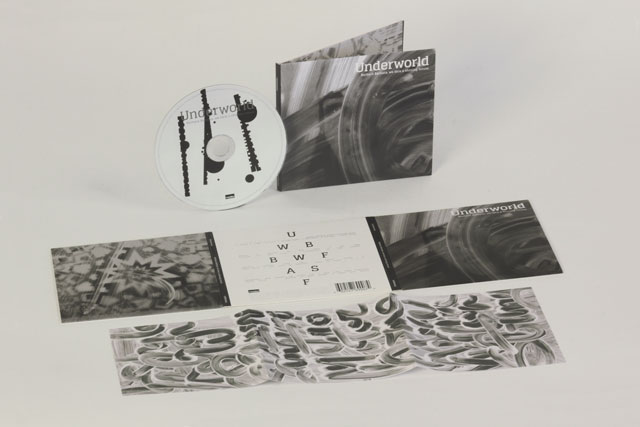
Can you tell us a bit about the Tomato retrospective in Japan? Are there any plans for it to come to the UK?
Simon: The show opened on 12 March at Shibuya Parco in Tokyo and runs for three weeks. It's a twenty-five year retrospective of the Tomato project so there's a lot of work in there, around 400 pieces. Would be lovely to have the show in the UK too, we need to do work on making that happen...
Difficult we know, but can you both pick out a favourite moment from the past twenty-five years?
Simon: This moment is pretty good.
Karl: That day in May 1998 when I took my last drink.
underworldlive.com
tomato.co.uk
